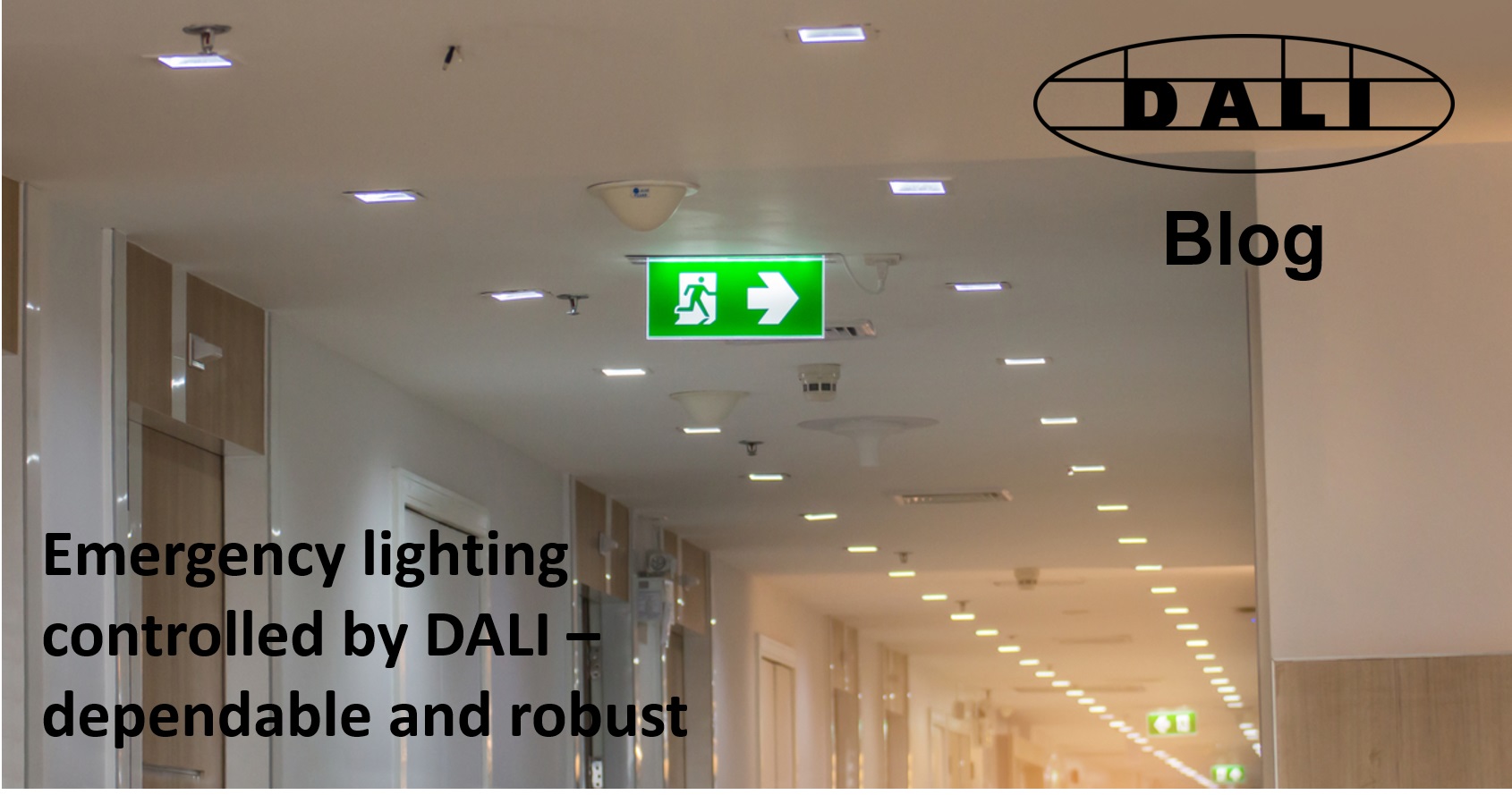




By enabling integrated control of emergency lighting and general lighting, DALI offers a robust, unified solution that’s easy to monitor and maintain.
August 21, 2020
 Without considering emergency lighting, no lighting specification is complete. Not only is it a legal requirement, but the care that goes into selecting the right emergency solution can really pay off, helping building operators to reduce maintenance, improve efficiency, get the best aesthetic results, and of course, keep buildings safe.
Without considering emergency lighting, no lighting specification is complete. Not only is it a legal requirement, but the care that goes into selecting the right emergency solution can really pay off, helping building operators to reduce maintenance, improve efficiency, get the best aesthetic results, and of course, keep buildings safe.
With emergency lighting, it’s not enough for it to just be there. It must also be properly maintained. This doesn’t have to be time-consuming; a good-quality control system takes a lot of the work out of installing, commissioning and managing emergency lighting.
DALI is designed to make it easy to control emergency lighting alongside regular lighting. The DALI standard, IEC 62386, incorporates a series of commands that are specifically designed for emergency lighting. Part 202 of the standard contains the commands for control gear for self-contained emergency lighting (also known as device type 1).
This is embraced by numerous manufacturers and used all over the world as the basis for emergency lighting control, including systems that use self-contained lighting products and those that connect to a central power supply.
Emergency lighting controlled by DALI
DALI emergency is designed to meet the requirements of the key emergency-lighting standards, such as IEC 62034:2012 “Automatic test systems for battery-powered emergency escape lighting”. A key feature is the ability to perform a function test – this is a weekly or monthly test designed to ensure the emergency luminaire is still present and operating . Also included are duration tests, which confirm that the emergency lights can run on battery power for the required time, typically three hours.
The benefits of specifying a DALI system to control emergency lighting begin right at the outset, with installation. Using DALI emergency alongside a DALI control system for general lighting reduces the amount of wiring required, because both types of lighting share the same control infrastructure. As well as reducing upfront costs, this also makes the system easier and more cost-effective to operate and maintain in the long run. Regular and emergency lighting can be managed and monitored together, and any future changes to the system will be as straightforward as possible.
While the wired infrastructure at the heart of DALI results in robust solutions, DALI emergency can also be combined with wireless or cloud-based control systems. Proprietary solutions from some DALI Alliance (DiiA) members allow users to remotely commission and manage emergency lighting on multiple sites through user-friendly interfaces. For example, customers can check performance of individual fittings, analyse data to optimise battery life, and reduce maintenance down-time through analytics.
But perhaps the most compelling benefit of DALI is that it’s everywhere. DALI is overseen by the DiiA which is backed by the biggest players in the lighting industry. The global footprint and open, non-proprietary nature of the standard make it unique. Any DiiA member can use it to produce DALI-compatible products and have them certified. Specifiers benefit from a wide choice and a vibrant competitive market for DALI products, fuelling innovation while keeping quality up and prices down.
Emergency lighting – a key specification
From time to time, high-profile tragedies remind us of just why emergency lighting is so important. And even in cases where nobody suffers harm, buildings without compliant emergency lighting can be shut down, and those responsible can face prosecution.
There’s more focus than ever on making sure emergency lighting systems live up to the high standards set for them, which is why DALI emergency continues to evolve. DALI-2, the latest version of the DALI protocol, raises the bar for testing and verification, giving users greater confidence that products will work together seamlessly. While DALI control gear for self-contained emergency lighting have been available for many years, new tests are now being created that will bring these devices into the DALI-2 certification programme.
Ultimately, emergency lighting is there to save lives, so it’s vital that it can be relied on. Specifying emergency lighting controlled by DALI makes sure users get the very best in reliability and interoperability, for today and for tomorrow.
► Sign up to join our mailing list and receive our newsletter
► Follow us on LinkedIn